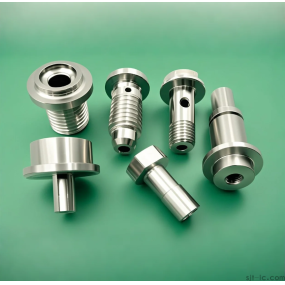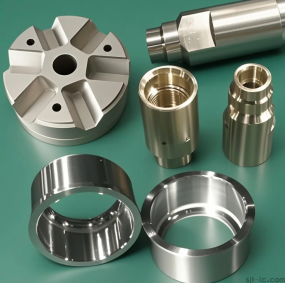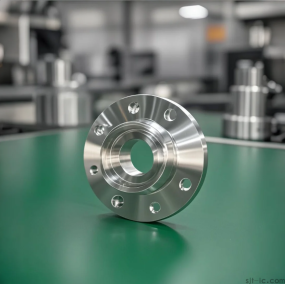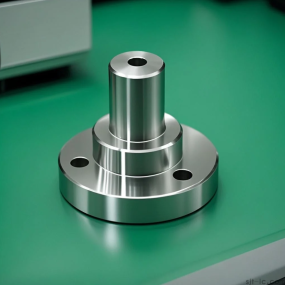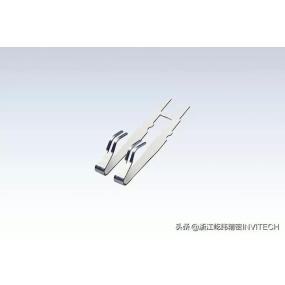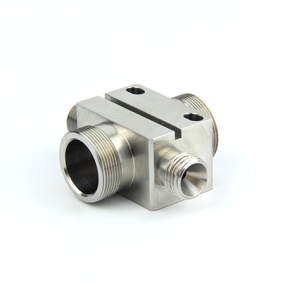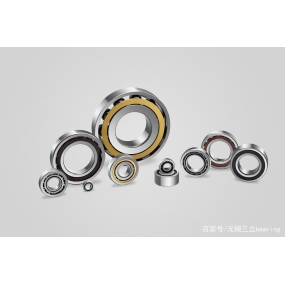Shenyang Sheet Metal Processing is a commonly used metal processing method nowadays. In the process of machining parts, due to various factors such as machining accuracy of mechanical equipment, mold wear, and machining errors, the standards of the produced sheet metal parts cannot be guaranteed to be accurate. In order to ensure the usability of the workpiece, it is necessary to limit the tolerance of the sheet metal workpiece to a small value.
What are the common tolerance standards in sheet metal processing? How should it be symbolized? Today, the Weiyun editor will share with you. What are the tolerance standards for sheet metal processing? What standards are used for sheet metal processing tolerances? Confirm the standards confirmed in the plan based on the strength and structural requirements of the parts. Priority should be given to standard diameter or length.

Practice standards are standards obtained through measurement. The limit standard allows for two thresholds for size changes. It is based on the base size. The larger of the two boundary values is called the large constraint size; The smaller one is called the small bundle size. Algebraic difference obtained by subtracting the base criterion of a certain standard.
The standard error is as follows: upper and lower errors can be called limit errors, which can be positive, negative, or zero. According to national standard regulations, the upper error code for holes is ES, the lower error code is EI, the upper error code for shafts is ES, and the lower error code for shafts is EI
The content of the article is sourced from the internet. If you have any questions, please contact me to delete it!


 Spanish
Spanish Arabic
Arabic French
French Portuguese
Portuguese Belarusian
Belarusian Japanese
Japanese Russian
Russian Malay
Malay Icelandic
Icelandic Bulgarian
Bulgarian Azerbaijani
Azerbaijani Estonian
Estonian Irish
Irish Polish
Polish Persian
Persian Boolean
Boolean Danish
Danish German
German Filipino
Filipino Finnish
Finnish Korean
Korean Dutch
Dutch Galician
Galician Catalan
Catalan Czech
Czech Croatian
Croatian Latin
Latin Latvian
Latvian Romanian
Romanian Maltese
Maltese Macedonian
Macedonian Norwegian
Norwegian Swedish
Swedish Serbian
Serbian Slovak
Slovak Slovenian
Slovenian Swahili
Swahili Thai
Thai Turkish
Turkish Welsh
Welsh Urdu
Urdu Ukrainian
Ukrainian Greek
Greek Hungarian
Hungarian Italian
Italian Yiddish
Yiddish Indonesian
Indonesian Vietnamese
Vietnamese Haitian Creole
Haitian Creole Spanish Basque
Spanish Basque

